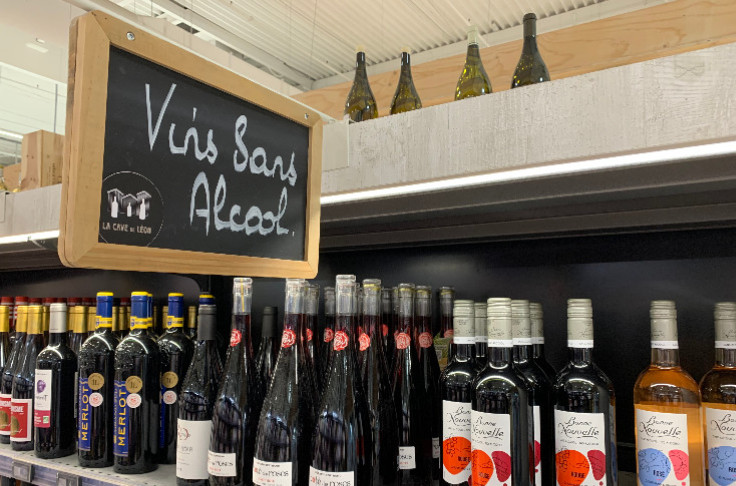Legalisation of alcohol-free wine heralded by French companies

he European Commission has issued a proposal to simplify legislation by acknowledging the designation ‘alcohol-free wine’. In practical terms, this implies “replacing ‘de-alcoholised wine’ and ‘partially de-alcoholised wine’ with two categories”, sums up Maxime Toubart, chairman of the Champagne winegrowers’ organisation (SGV) and vice-chairman of the national AOC producers’ organisation (CNAOC). Toubart outlined “simpler statements for consumers: between 0 and 0.5% ABV will be referred to as ‘alcohol-free’ and from 0.5% ABV to at least 30% below the minimum actual alcoholic strength of the geographical indication (often 8.5% ABV) will be alcohol-light. This will improve clarity”.
Requested by the de-alcoholised wine industry, the regulatory clarification aims to respond to consumer demand and better align with practices in other categories, primarily alcohol-free beer. “We commend the European Commission’s desire to promote the new category of de-alcoholised wines and its decision to simplify wording”, confirmed StĂ©phane Brière, chairman of the no-low collective. He views it as an opportunity to “facilitate marketing of these products which had been made challenging by the use of the term ‘de-alcoholised’ which is valid from a technical perspective but complex for consumers”.
The long-awaited breakthrough now needs to be examined by European co-legislators – the Council and Parliament – but in the meantime the no-low collective is calling for there to be strict rules surrounding usage of the ‘alcohol-free’ and ‘alcohol-light’ statements. They need to “correctly align with de-alcoholised wines because some commercially available products, like non-fermented or partially fermented grape juice, may want to use the new designations which would lead to confusion among consumers”, claimed Brière.






